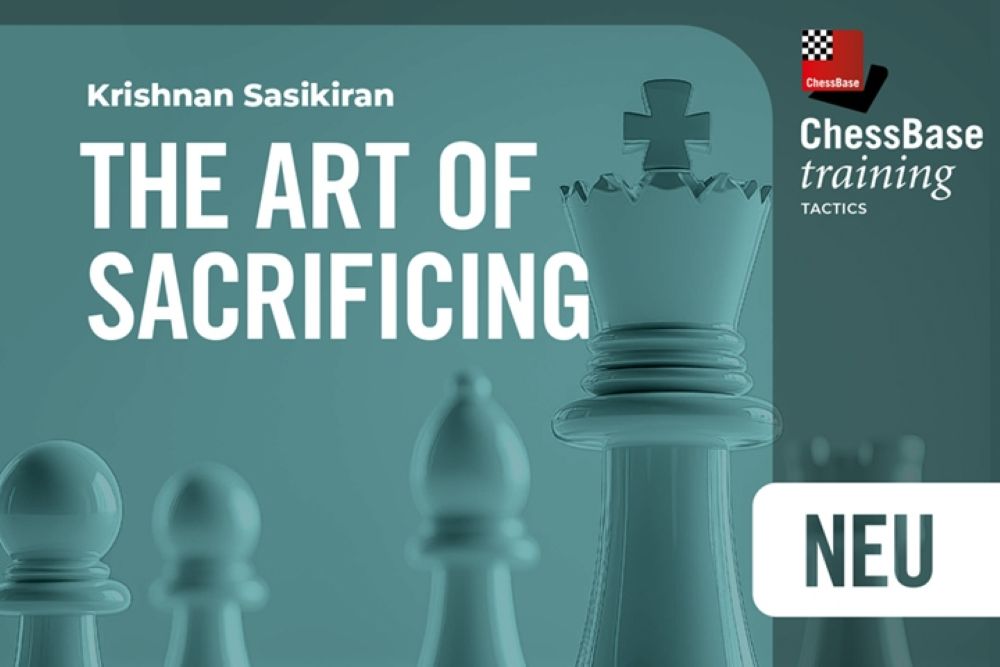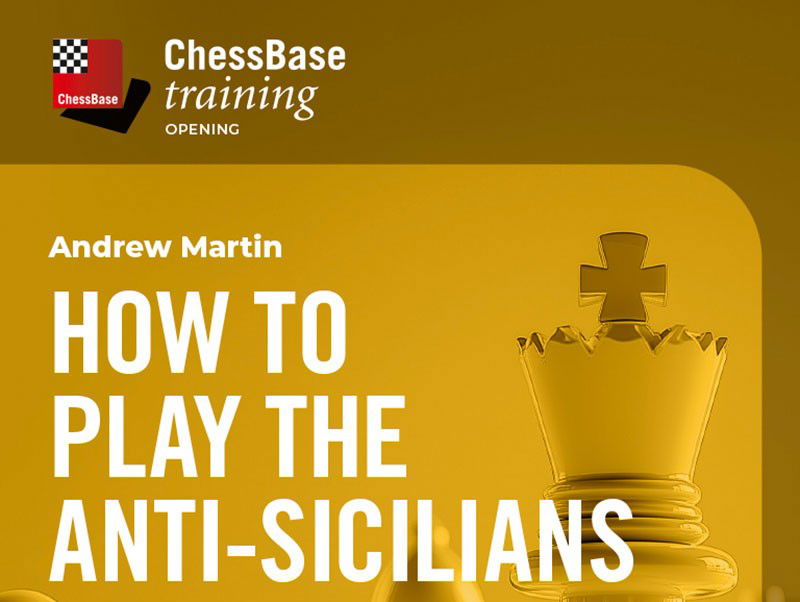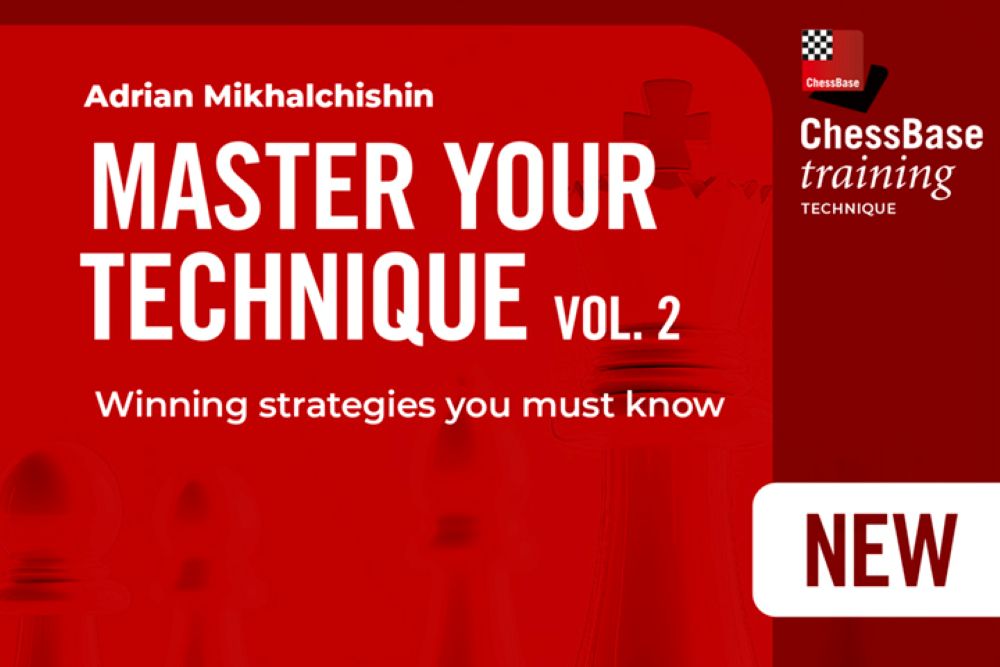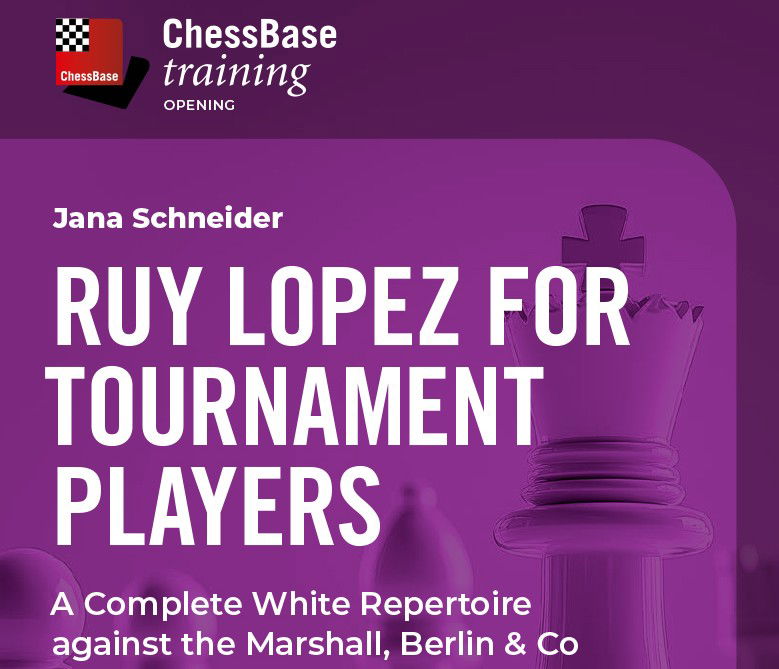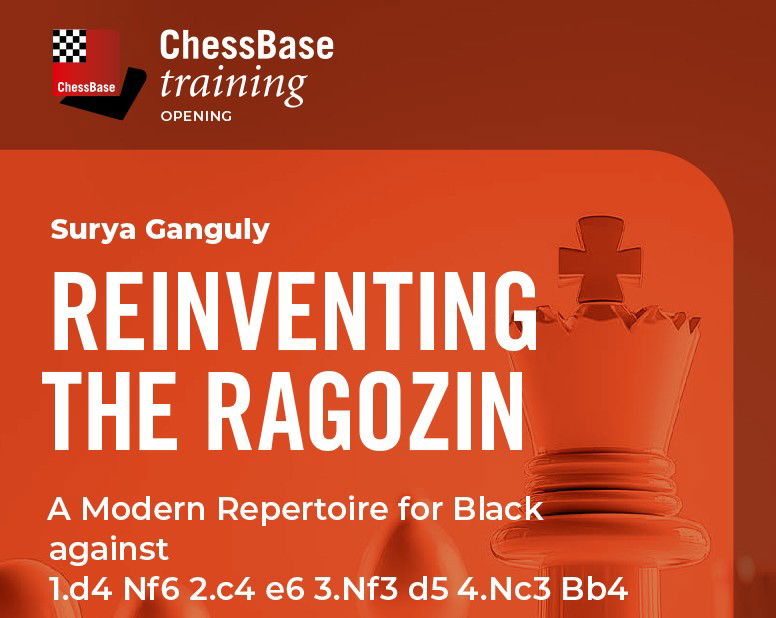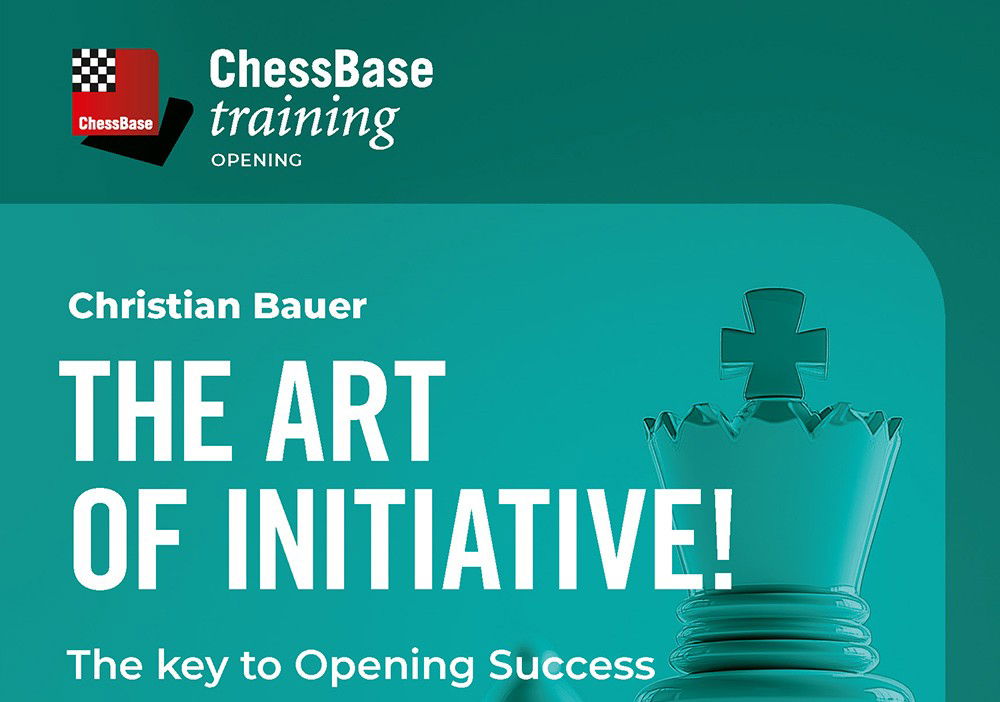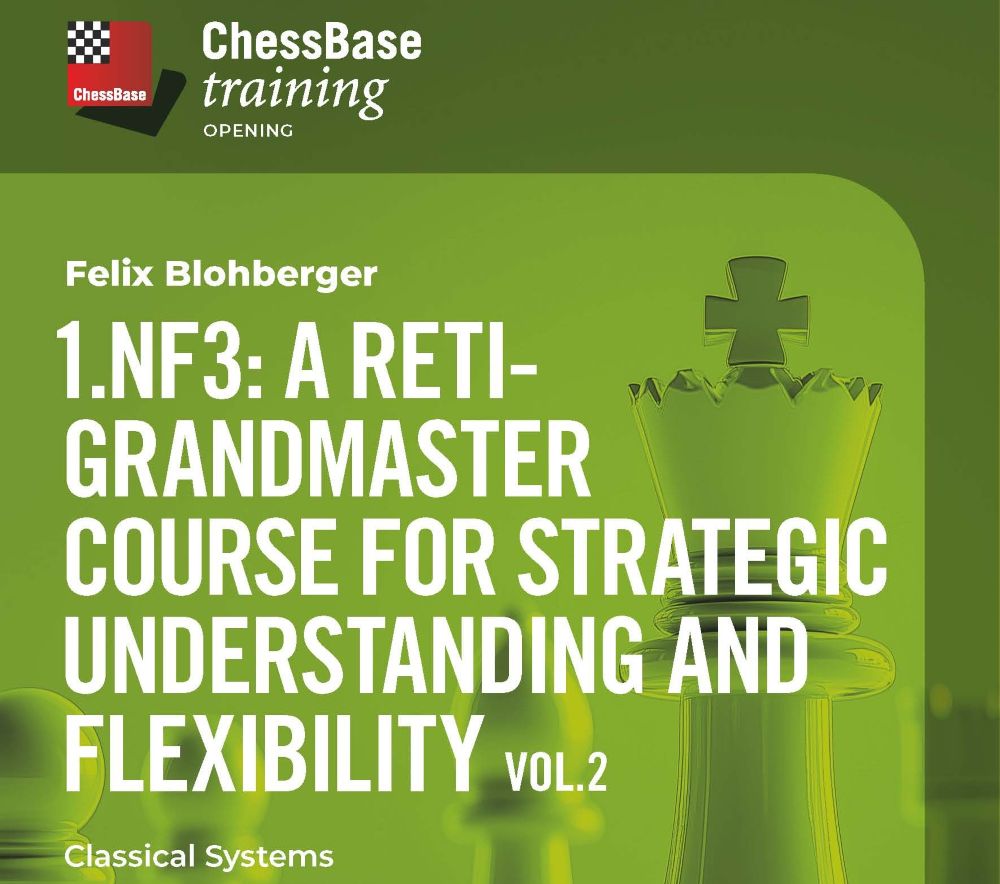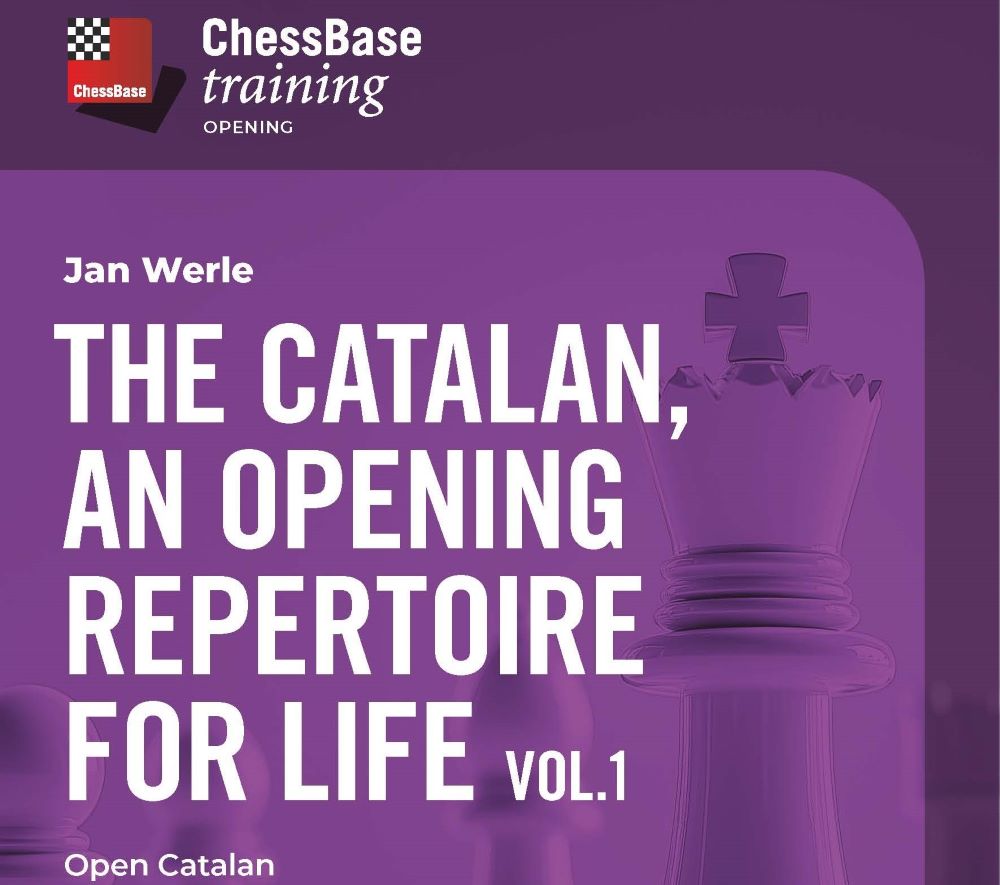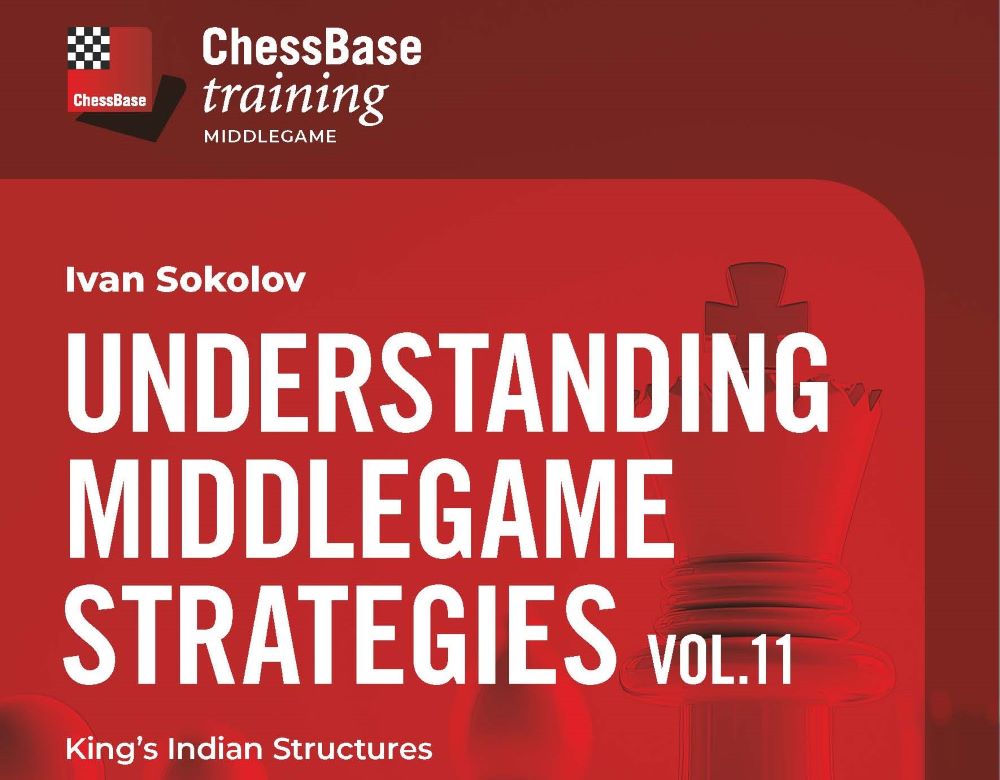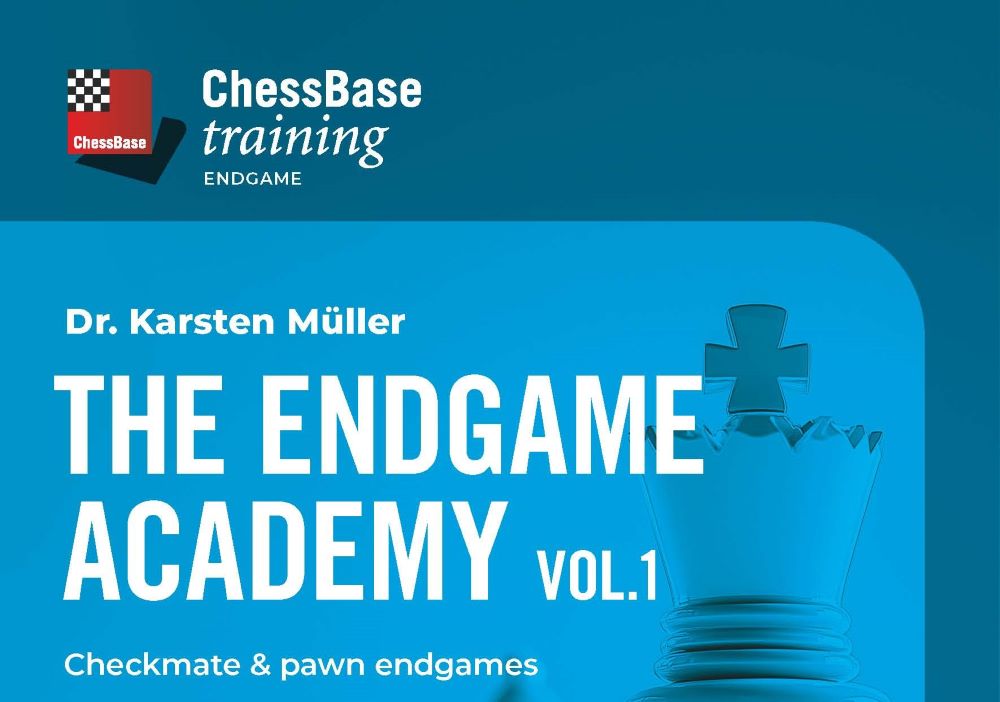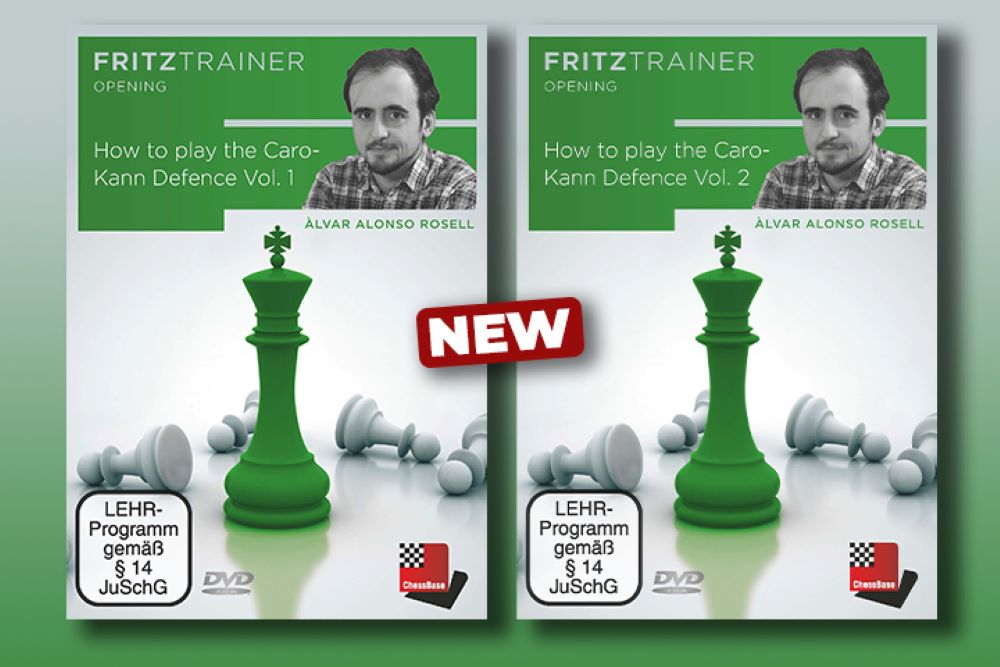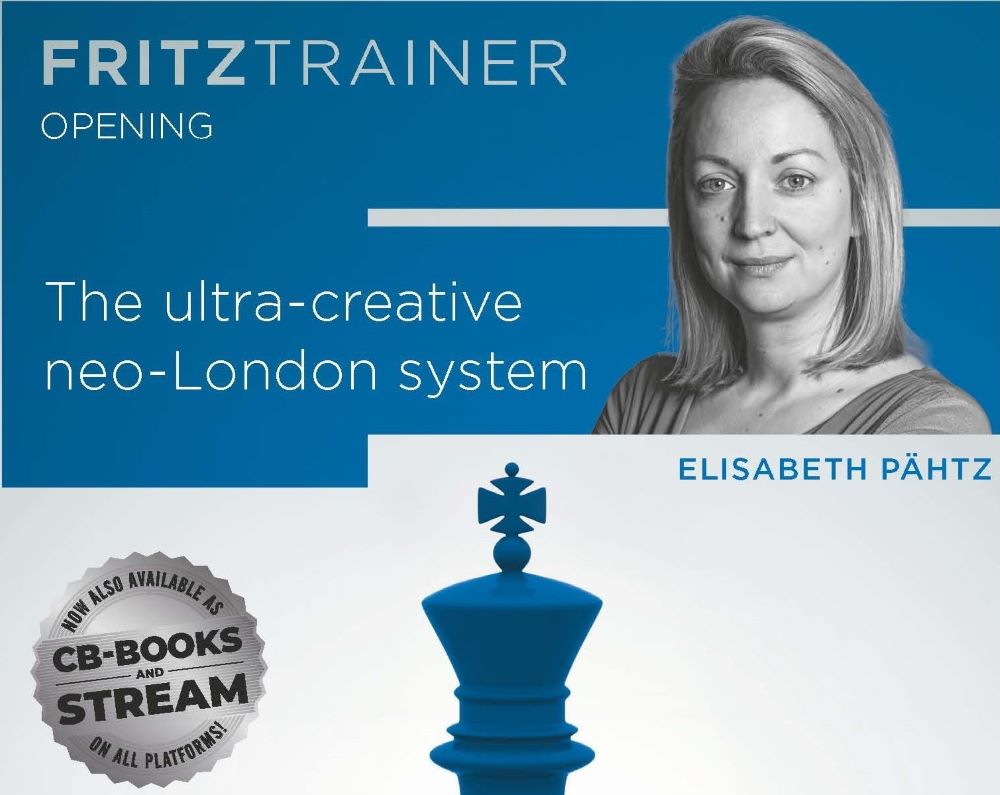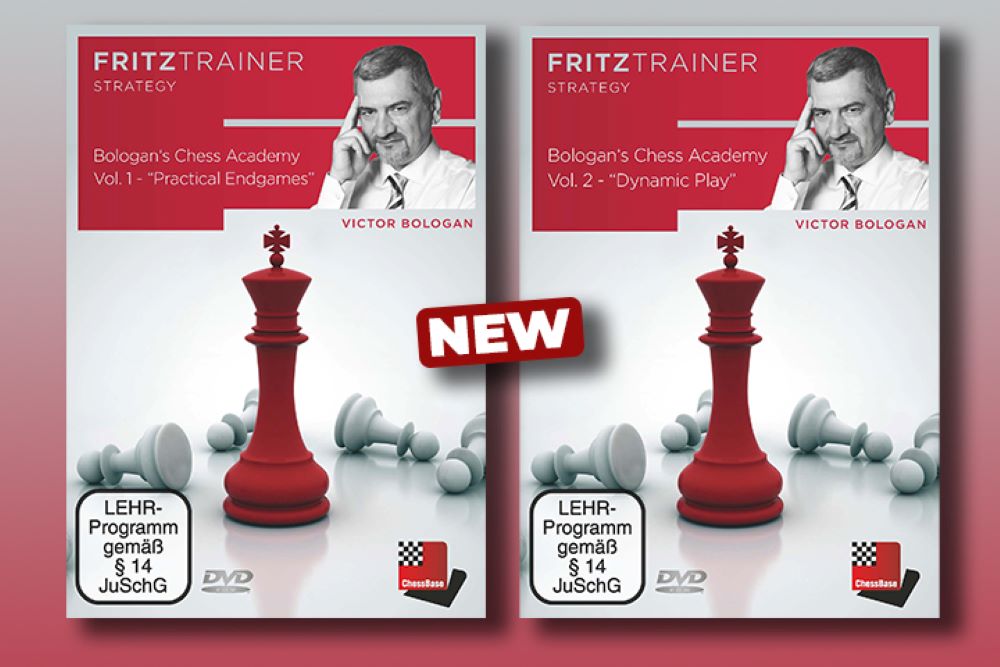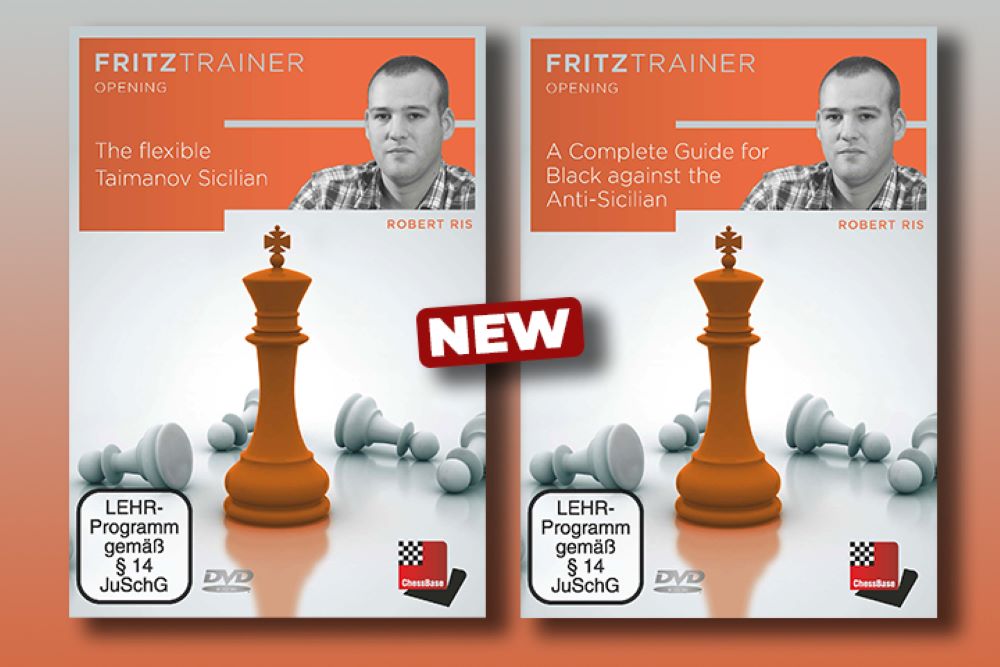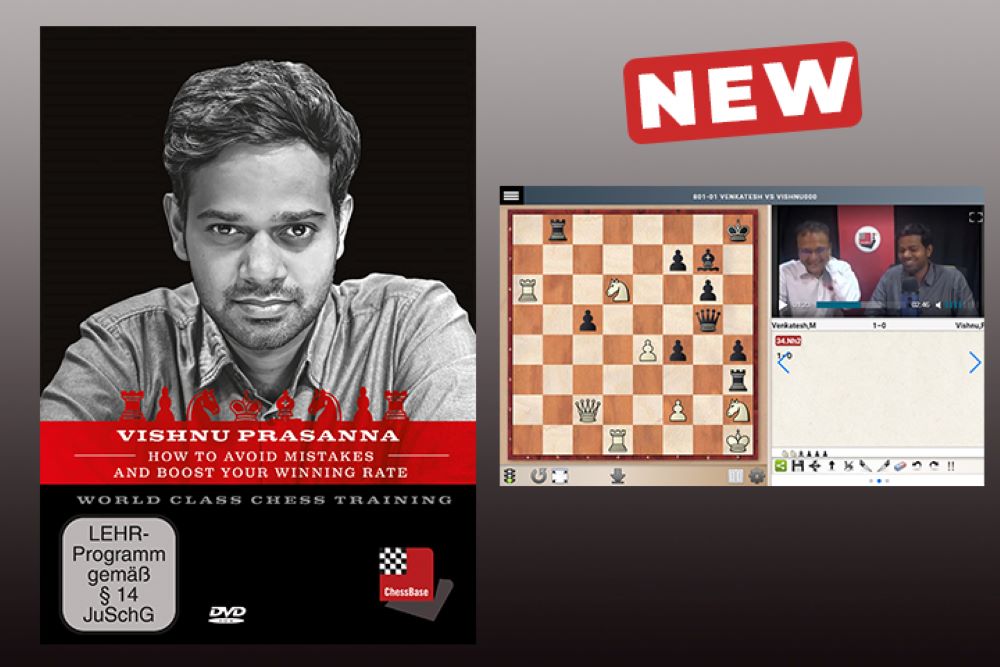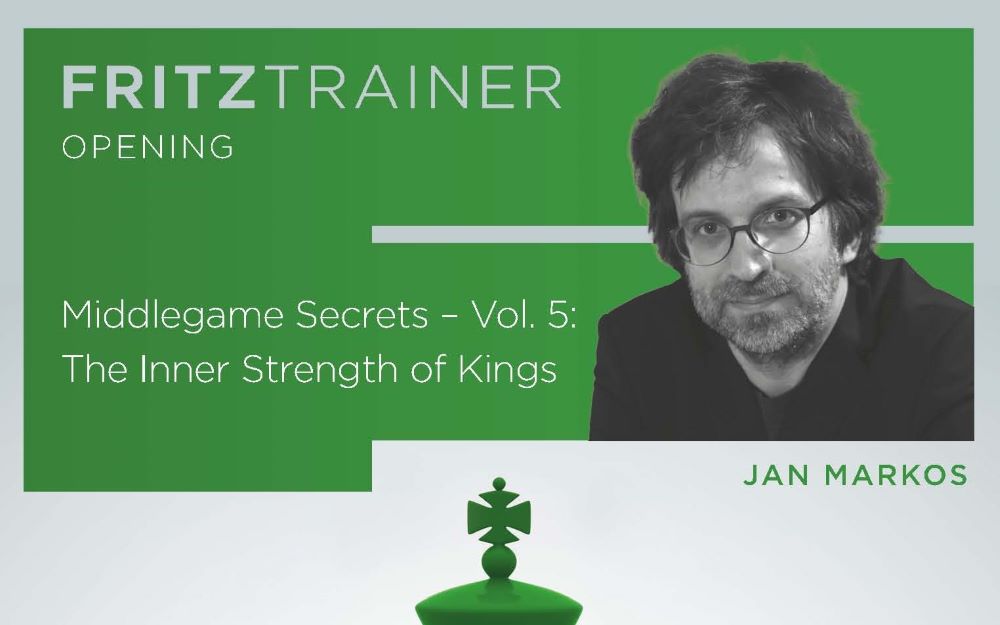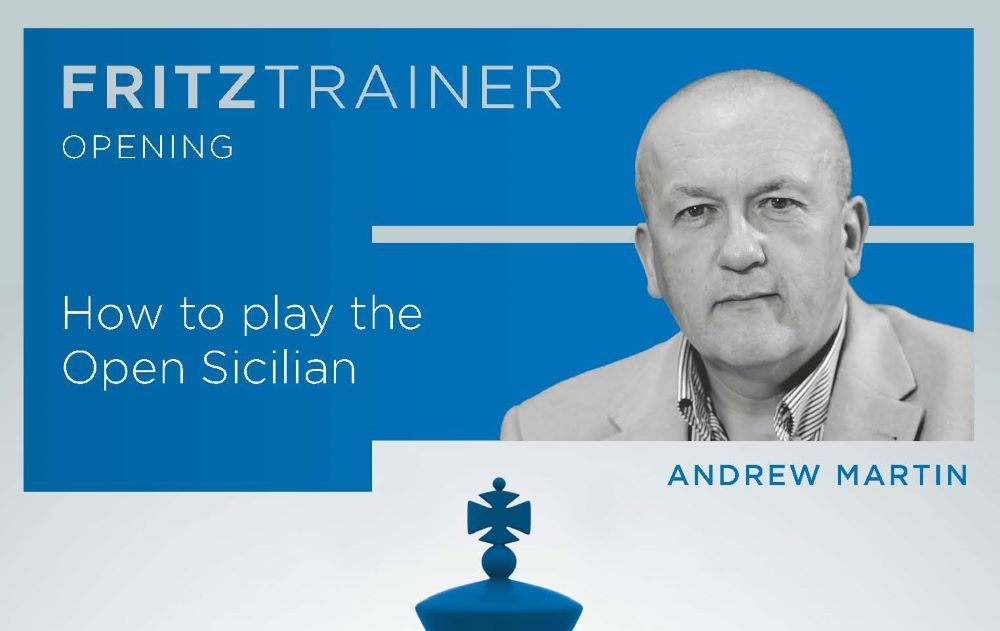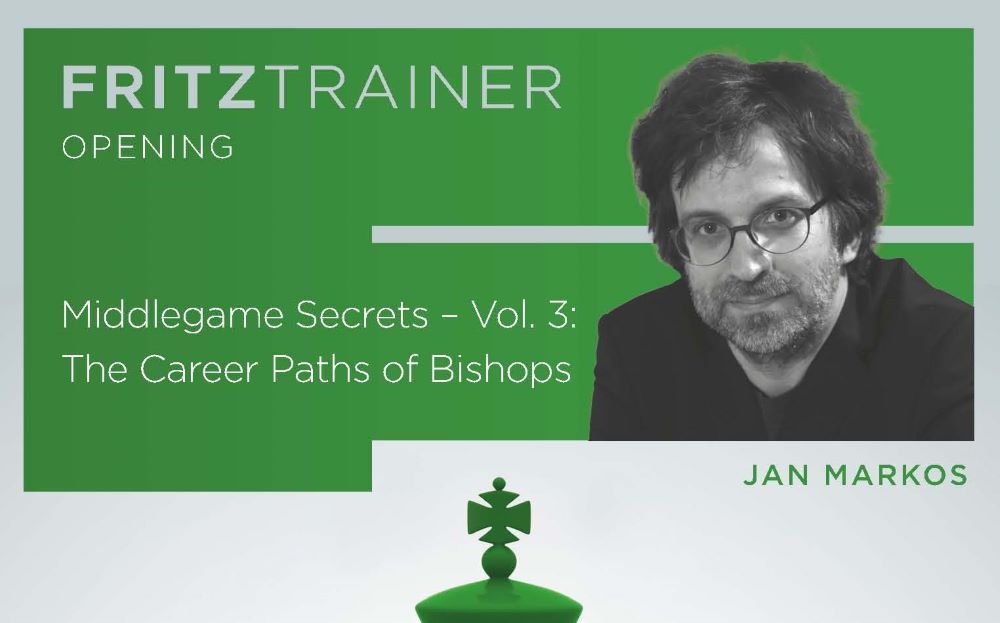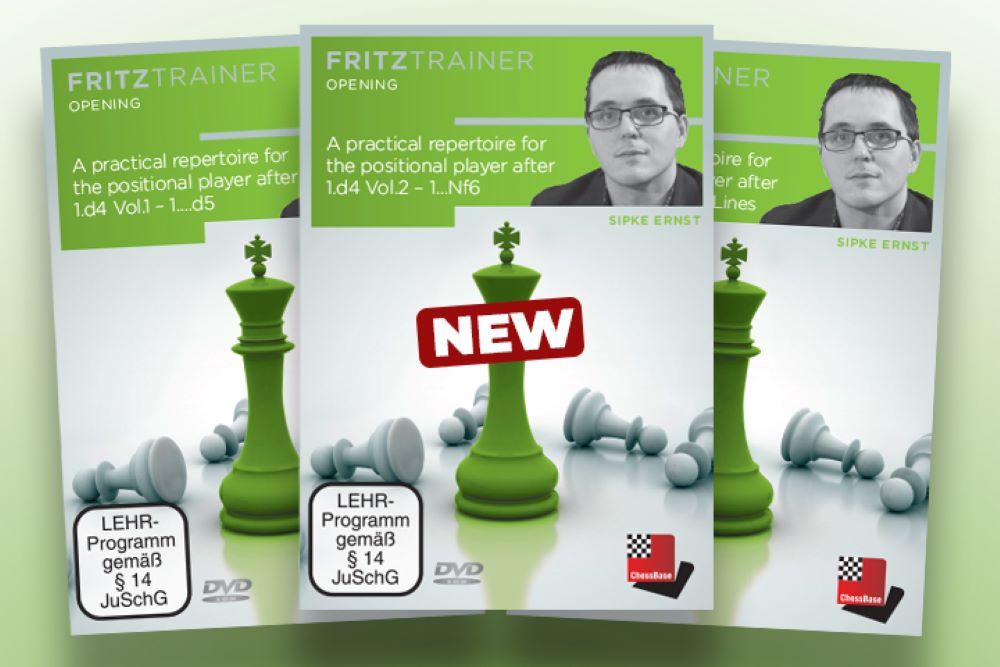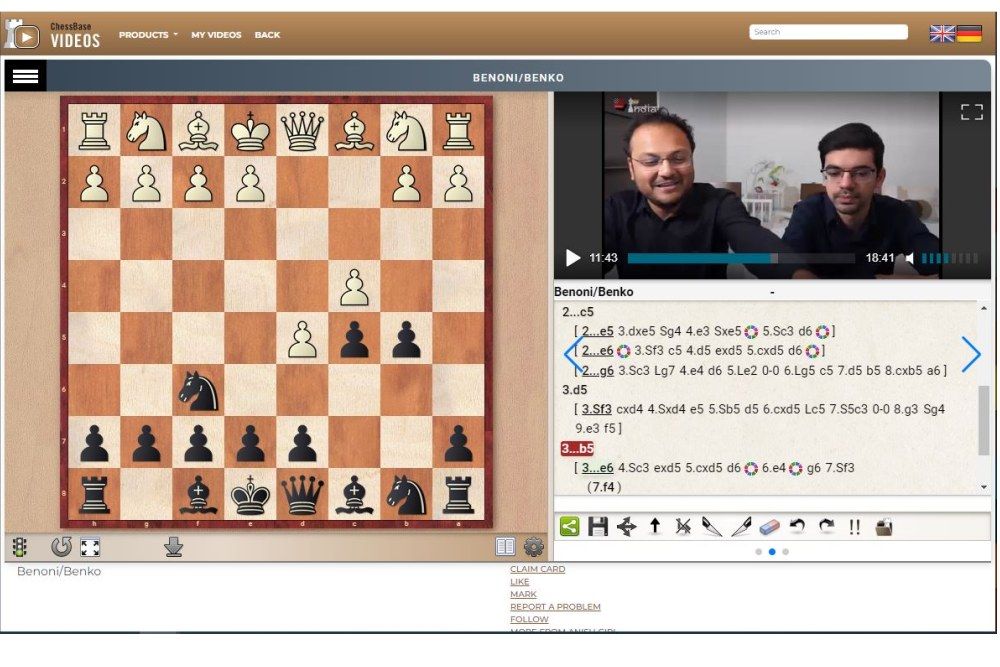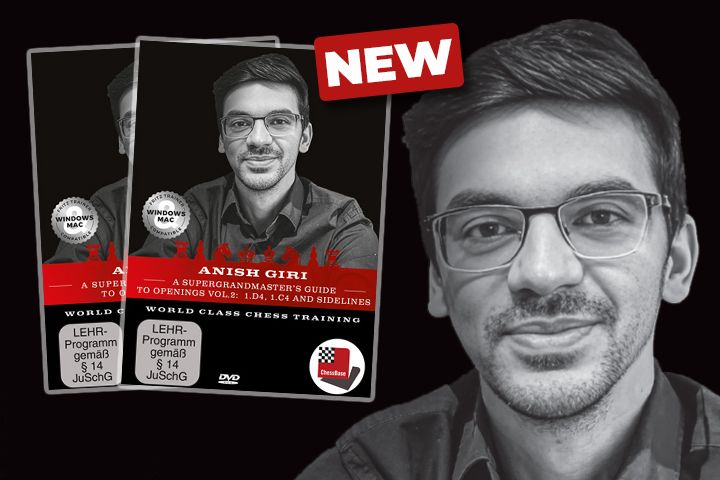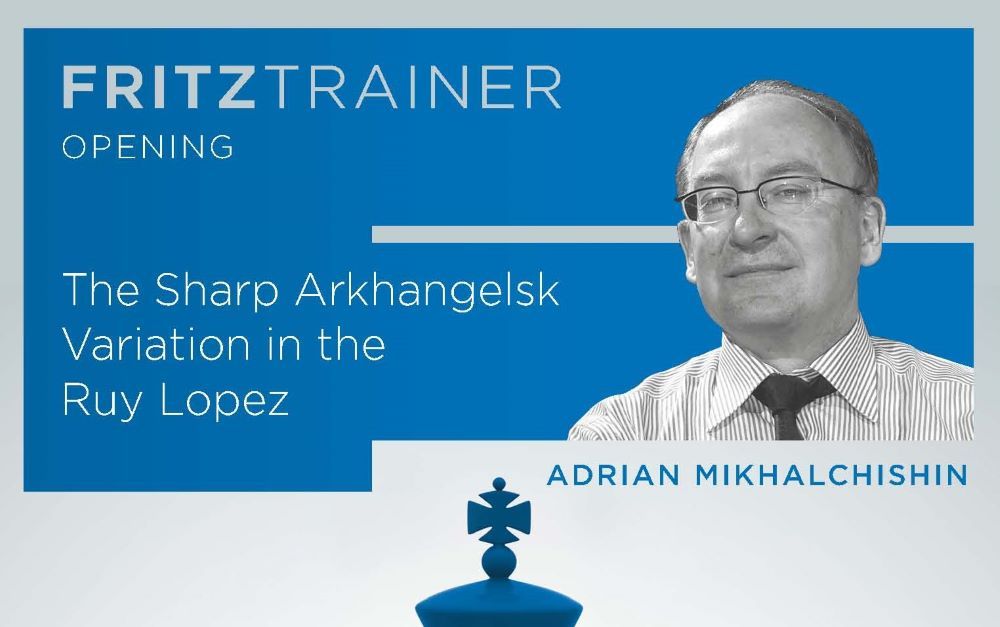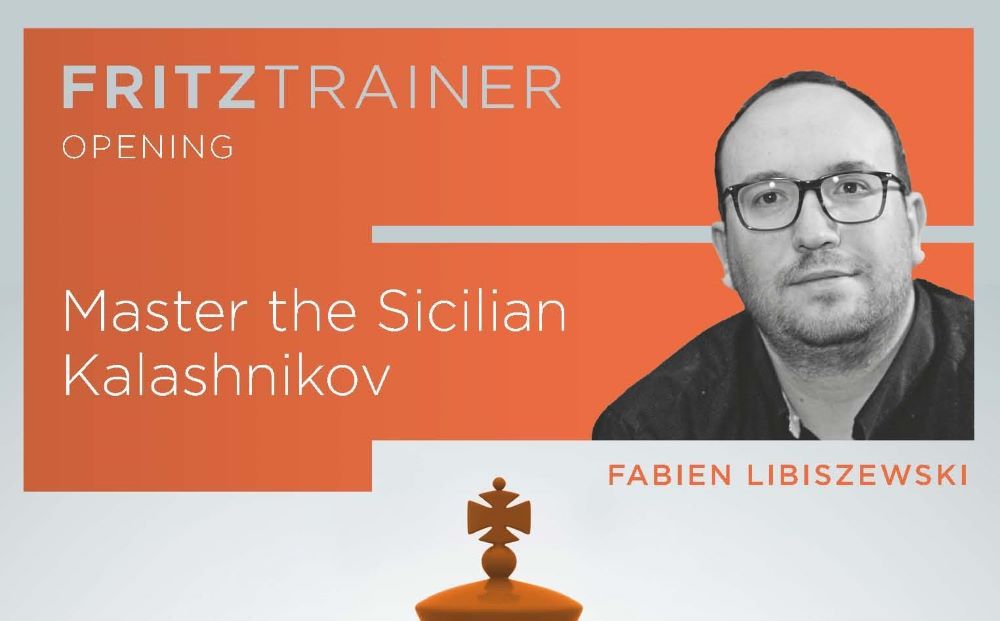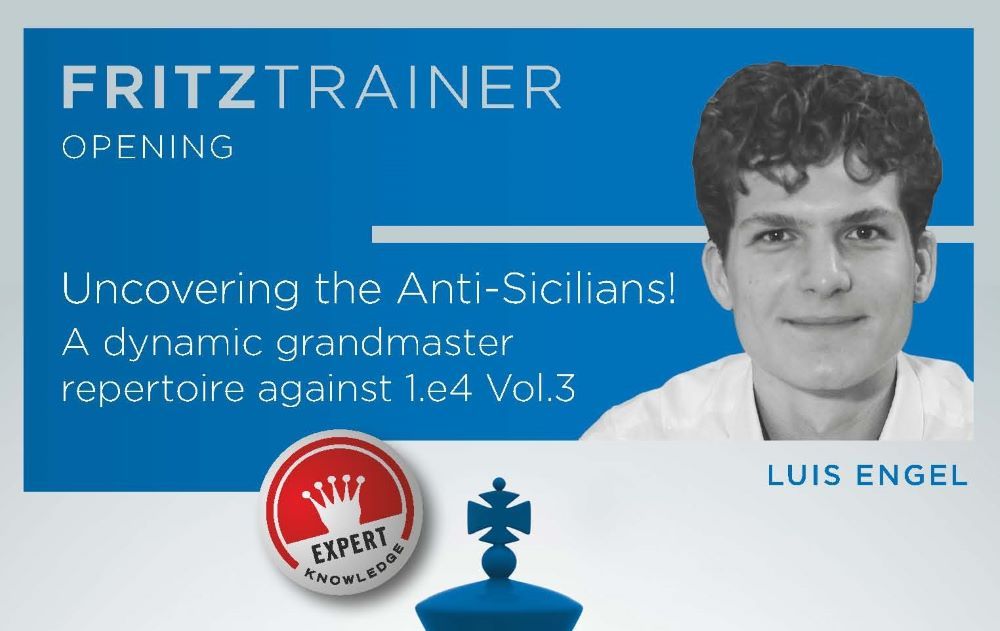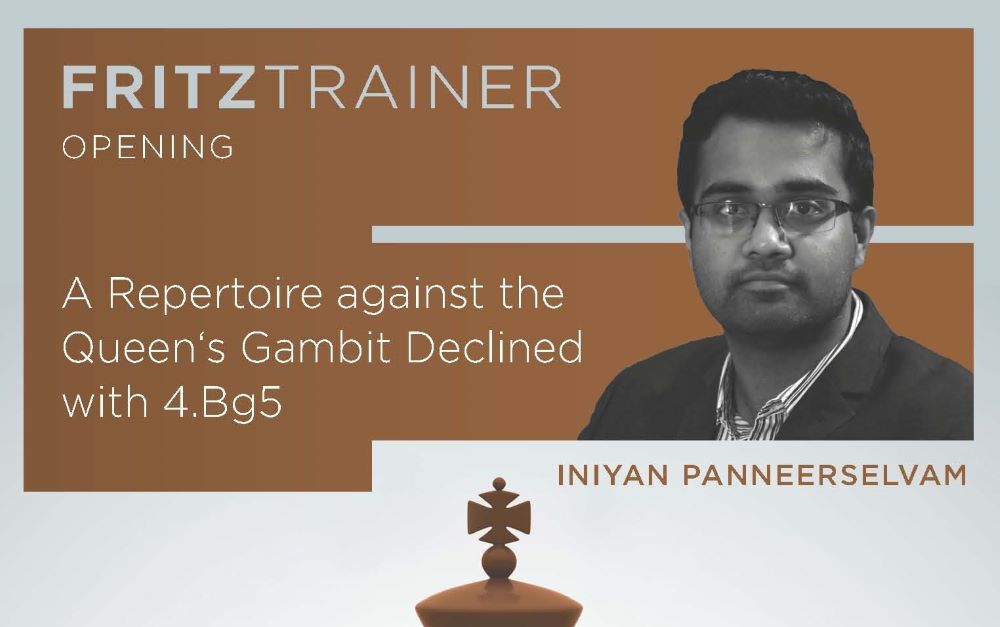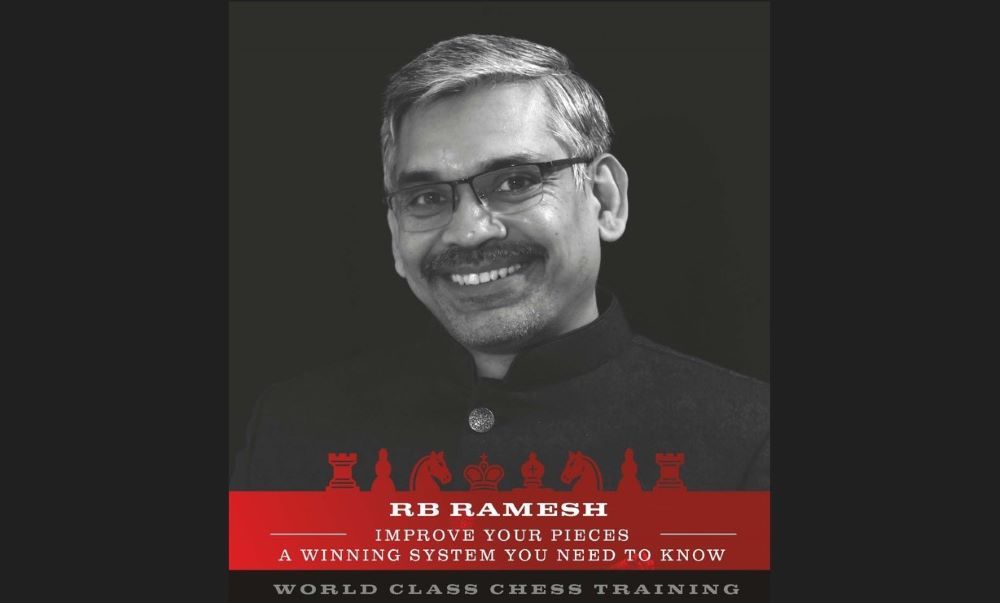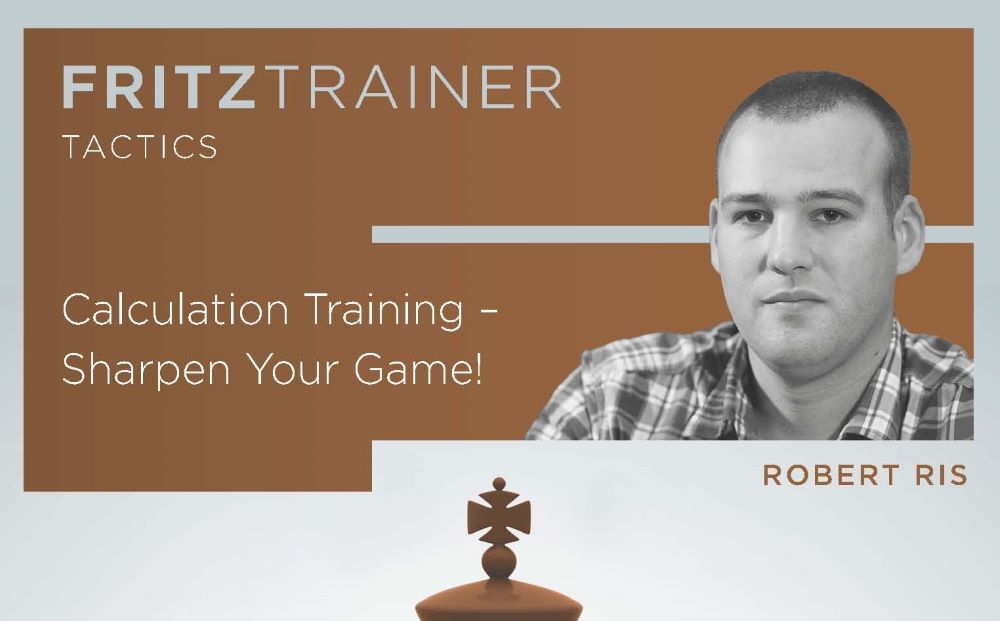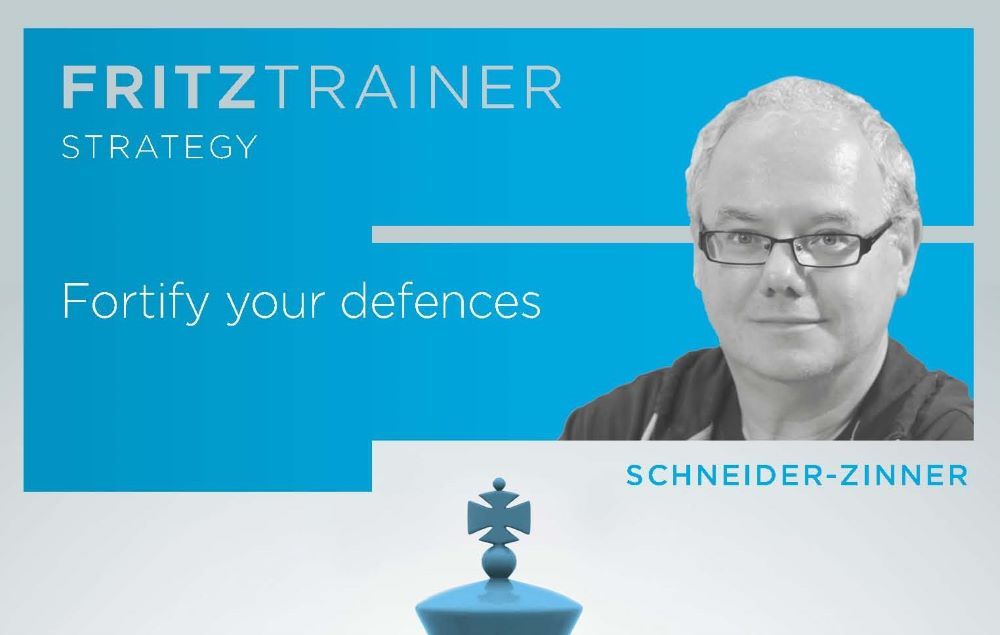New: Victor Bologan - 1...d6 universal - Minimal Prep & 1.e4 the lazy way
Victor Bologan’s Chess Academy Vol. 3 & 4 offers a complete, low-maintenance repertoire for both White and Black, built on the philosophy of his legendary coach Chebanenko: focus on understanding typical pawn structures and recurring piece setups rather than memorising endless theory. For Black, Bologan recommends the universal 1…d6 system, leading to flexible Philidor-style positions against 1.e4 and solid setups against 1.d4, emphasizing resilience and strategic clarity. For White, the repertoire begins with 1.e4 followed by d3, using quiet but powerful systems like the King’s Indian Attack, Closed Sicilian ideas, and anti-Caro-Kann setups—practical approaches that avoid heavy theory while still being played successfully at the highest level. Photo: ChessBase
Chess Academy Vol. 3 & 4
by Lubomir Ftacnik
1...d6 universal - Minimal Prep, Maximum Understanding

In today’s fast-paced chess world, especially online, where blitz and rapid games dominate, the traditional approach of grinding through lines of opening theory can feel overwhelming, and even unnecessary. The real challenge? Striking the right balance in your opening preparation. How deep should you go? Where do you stop? This course is built on the timeless wisdom of my legendary coach, Chebanenko, who designed opening repertoires for his “lazy” students - not lazy in attitude, but smart in approach. His philosophy? Don’t memorise. Understand.
The concept is simple but powerful: choose systems for both White and Black that revolve around typical pawn structures and recurring piece setups. That way, you’re not learning dozens of different openings - you’re learning one flexible idea that applies across many positions.
In this course focused on Black, we build our repertoire around the solid and compact d6–e5 structure:
• Against 1.e4: We play the Philidor setup, offering rich positional play and quick piece development.
• Against 1.d4 and other closed systems: We aim for flexible development, with our dark-squared bishop either on e7 or g7, while keeping our eyes on the central break with ...e5.
This setup is not only effective but easy to learn, highly resilient, and surprisingly tricky for opponents unfamiliar with its subtleties. I’ve played it my whole life - in blitz, rapid, and even classical tournaments - and it has served me well.
In fact, my recent success in a Fischer Random tournament was largely due to my comfort with pawn structures and strategic flexibility - not memorised lines.
With this course (and the companion repertoire for White), you won’t just get a practical, low maintenance opening solution. You’ll build a deeper understanding of chess that helps you:
• React confidently in unfamiliar positions
• Make better decisions based on ideas, not memorised moves
• Save time while still staying competitive
• Free video sample: Introduction
• Free video sample: 1.d4 d6 2.Nf3 Nf6 3.c4 g6 4.Nc3 Bf5 5.Nh4 Bd7
Learn smart. Play smart. Let’s build your opening repertoire the lazy way - with lasting understanding, not short-term memory.
• Video running time: 3 hours 45 minutes (English)
Buy 1...d6 universal - Minimal Prep, Maximum Understanding by Victor Bologan
1.e4 the lazy way - An Opening Repertoire for the smart Player

How much time should we really spend memorising long opening lines? Especially in today’s world of rapid and blitz games, it’s become more important to build a repertoire that’s practical, flexible, and easy to remember—yet still powerful and rich in ideas. That’s exactly the concept behind this series: a repertoire for the “lazy” (but smart) chess player, inspired by the legendary coach Chebanenko, who believed in teaching his students openings with typical ideas and repeatable patterns rather than endless theory.
In this video course, we look at a repertoire for White after 1.e4. I’ve moved away from traditional lines like 1.e4 e5 2.Nf3 Nc6 3.Bc4 and instead recommend a modern, strategic approach centred around an early d3. These quiet systems avoid heavy theory and allow you to steer the game into familiar territory. Against the Caro-Kann, the modest setup with Nf3 and d3 is surprisingly unpleasant for your opponent - and it's one I personally use, often with great results.
In the Sicilian, we focus on Closed-style positions, where understanding trumps memorisation. Against the French, the ever-reliable King’s Indian Attack (with Nbd2) gives us a harmonious and thematic way to meet 1...e6. These ideas have all been played at the highest level - including by Magnus Carlsen himself - proving they are not only practical, but also deeply sound.
I recently had great success using these types of setups in a Fischer Random tournament. What helped me most was not memorised theory, but a deep understanding of pawn structures, flexibility, and making the right decisions in unfamiliar positions. That’s the real value of this repertoire: it helps you develop positional feel, not just rote recall.
By the end of this second course, you’ll have a full, idea-based repertoire with 1.e4 - ready to use in any time control and against any opponent. Combine this with the Volume on 1...d6 as Black, and you’ll have a universal system for both colours that is effective, low-maintenance, and surprisingly powerful.
Free sample video: Introduction
Free sample video: 2...d5 3.Nd2 c5 4.Ngf3 Nc6 5.g3 Bd6
• Video Running time: 3 hours 15 minutes (English)
Buy 1.e4 the lazy way - An Opening Repertoire for the smart Player by Victor Bologan
System requirements
Minimum: Dual Core, 2 GB RAM, DirectX11, graphics card with 256 MB RAM, Windows Media Player 9, ChessBase 14/Fritz 16 or included Reader and internet access for program activation.
Recommended: PC Intel i5 (Quadcore), 4 GB RAM, Windows 10, DirectX11, graphics card with 512 MB RAM or more, 100% DirectX10-compatible sound card, Windows Media Player 11 and internet access for program activation.
MacOSX
Minimum: MacOS "Yosemite" 10.10
ChessBase books: Computer (iPad, Tablet, PC etc.), current browser, internet
ChessBase video stream: Computer (iPad, Tablet, PC etc.), current browser, internet
Streaming: for iPad & tablet
Delivery: ChessBase book (digital) and Download
About Victor Bologan

Born in 1971, Victor Bologan is a pupil of the top Moldovan trainer Vecheslav Chebanenko. For many years Bologan has been the number 1 in Moldova and has represented his country in more than ten chess Olympiads. His greatest successes were in 2003 first, when he won the Aeroflot Open, and then the famous Dortmund Tournament, ahead of Kramnik and Anand. The Moldovan has extensive experience as a trainer and has also published his first books.







